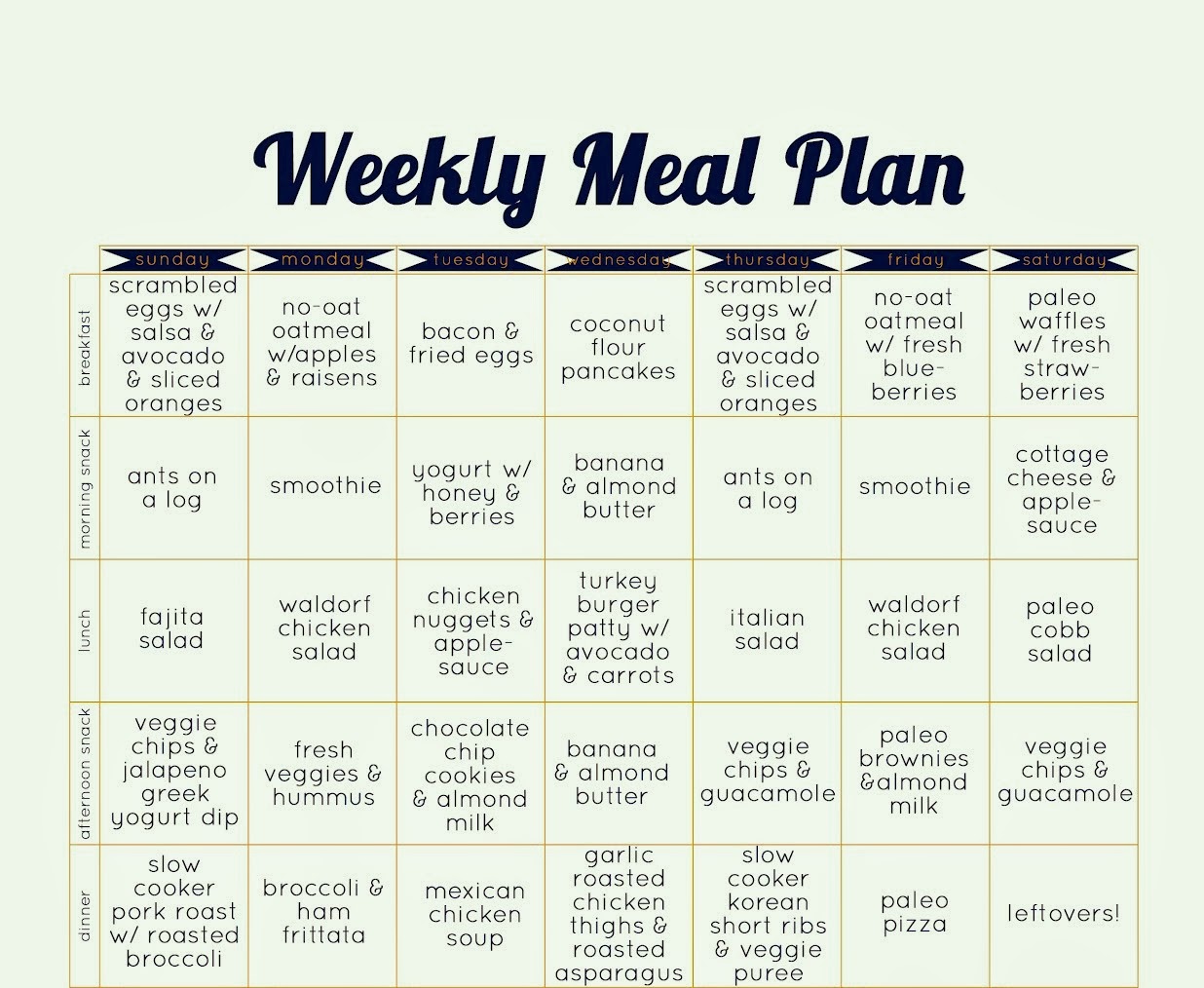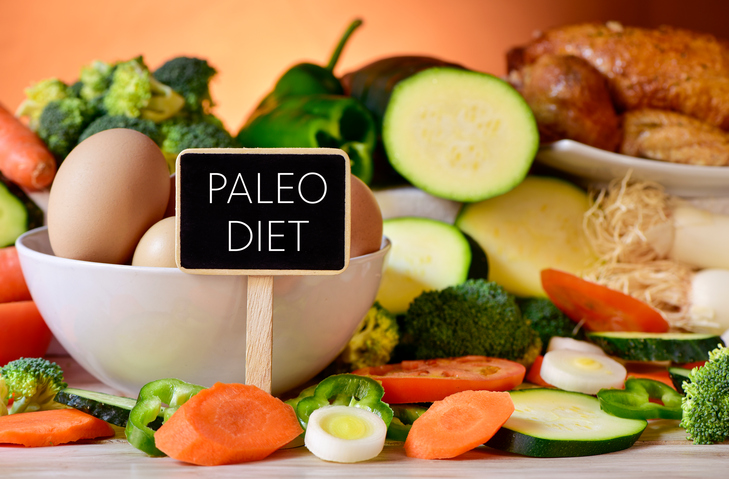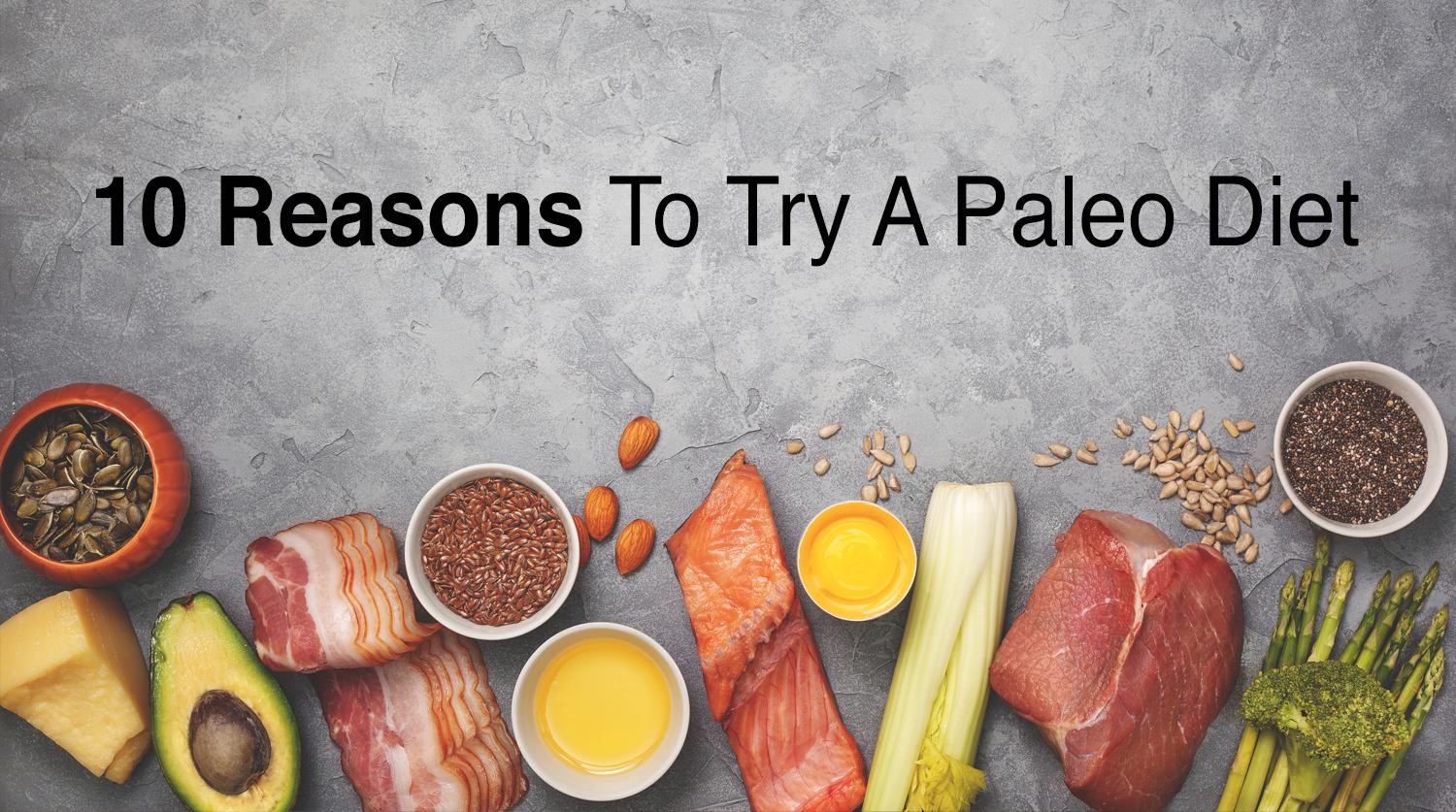
You may be asking yourself, "Who developed the Paleo diet?" Well, the answer is Dr. Loren Cordain, an American scientist who specializes in exercise physiology and nutrition. He is a prominent advocate for the Paleo diet. But which of these two men should you believe? Or is this just another myth? Read on to discover the truth about this fascinating diet!
Dr. Loren Cordain
Paleo lifestyle is controversial. It encourages people to eat the foods their hunter-gatherer ancestors used to eat millions of years back. Based on research into Stone Age diet which was low in sodium and high in potassium, the diet has been developed. High salt intake is a major cause of modern diseases. This diet was not available in the Stone Age. Dr. Cordain believes that living like our caveman ancestors can help prevent many diseases.
In the world of nutrition and human evolution, Dr. Cordain has published numerous scientific articles and has become one of the most well-known authorities on the subject. His research has been featured in numerous media outlets including Dateline NBC, The New York Times and on the front page. He is the author of three books on the topic and a newsletter. The resources below provide more information about Paleo.
The Paleo Diet can be divided into three levels: basic to intermediate and advanced. At the lowest level you will eat fewer "open" foods and consume more foods that are prohibited to you. It is possible to eat legumes or other seeds, but you must be careful. A week can include 20 meals and 20 snack options. The diet is recommended for a lifetime if you want to live long and prosper.

It is based on the idea that hunter-gatherers eat high levels of protein. Cordain supports his theory with research using an ethnographic Atlas of 229 hunter/gatherer communities. According to Cordain's research, 73% got more than half of their energy from animal products and only 14% ate vegetables. Cordain's findings are refuted in Am. J. Clin. Nutr. 71:665-667.
Although Dr. Cordain's hypothesis may sound appealing, there are many strong counterarguments. Cordain asserts that a low-fat diet can increase the risk of developing cancer. However, evidence does not support this claim. The diet's advantages are much greater than its disadvantages. Cordain's analysis also points out the limitations of the diet, although it is still in its infancy.
Walter Voegtlin
The Paleolithic diet is a way of eating that has been around for 35 years, if not longer. Walter Voegtlin is the gastroenterologist that developed The Stone Age Diet. This diet was developed following extensive research into man's eating habits and ecology. The diet is beneficial for people who have common digestive issues, according to his study. There are many health benefits to the diet, including improved brain function as well as a lower chance of developing colon cancer.
Voegtlin was inspired to create the diet based on the fact that humans were born as carnivores. He believed that humans were genetically very similar to dogs or sheep and should eat a primarily carnivorous diet. Modern data is mixed but generally positive, according to diet advocates. Modern humans have not been able to adapt to the paleo lifestyle as well as animals ten thousand year ago.
Walter Voegtlin used the chemistry of foods to show the effectiveness of his diet in "The Real Diet of Man". This book also discusses low-glycemic foods and high fiber as well balanced essential oils. It focuses on the foods that allow the body to function at its best. Ted Slanker & Walter Voegtlin are the authors. They have been reporting about nutrition research basics for over 15 years. Moreover, they distill complex studies into the basic nutrients for human health.

Paleo includes certain food groups that are not allowed on the diet. These include processed foods and sugary drinks. Some animals are not suitable for the diet, as they are grain-fed. In addition, modern fruits & vegetables are much different than the ones eaten during paleolithic eras. Some Paleo diet advocates cite studies that only have a few subjects and are short-term. These studies don't support the Paleo lifestyle as a whole.
Because the Paleolithic diet was primarily based on animal proteins, it is essential to research animals' diets. Even though Paleolithic food choices were not completely vegetarian, they have had an impact on the lives of modern humans. Many of these researchers believe the animals' diets did not include meat or dairy. While eating more meat and fat can lower cholesterol, it can also improve cardiovascular disease prevention.
FAQ
What are some basic cooking skills?
Basic cooking skills are the ability to read and follow recipes. This is the first step to learning how to cook. Cooking can be a great way of saving money, as you don't need to go out to eat all the time.
Where can you buy high quality kitchen equipment
You can order high-quality kitchen appliances online. You can find all kinds of kitchen tools on a variety of websites. Before you purchase any kitchen equipment, ensure that you have read all reviews and rated it before buying. You can ask others who have the same items for their recommendations.
How much does it cost to go to culinary school?
The cost of a culinary school depends on where you are, how much you study, and what program or course you choose. Tuition costs range from $10,000 to $30,000. Students graduate with approximately $20,000 of debt. However, some programs offer scholarships, grants, and work-study opportunities.
How much does it cost to study Culinary Arts?
There are many factors that influence the cost of learning culinary arts. A four-year degree in culinary arts typically costs around $40,000. A two-year associate's level degree can cost less than $5,000. The tuition rate you choose depends on the program. The tuition rates for private institutions are usually higher than those of public universities.
Do I need any special equipment to cook?
To learn to cook, you don’t need to have any special equipment. However, having the right tools can make cooking easier. You could, for example, use a spoon to make pasta or a whisk to whip the egg whites into stiff peaks. You can make cooking more enjoyable and easier by having the right tools.
Statistics
External Links
How To
How to cook steak
The thickness of any meat will dictate the cooking method. For example, thinner steaks are best cooked over low heat, while thicker ones need higher temperatures.
Don't overcook them as they will lose flavor. You should always remove the steak from the skillet when it's done. This will prevent you from burning yourself.
Cooking times depend on the size of the steak and the desired degree of doneness. Here are some general guidelines.
Medium Rare: Cook to medium rare. This means that the internal temperature should reach 145degF (63degC). This can take anywhere from 3 to 5 minutes per side.
Medium: Cook to medium (or until the internal temperature reaches 160degF/71degC). This normally takes around 6 minutes per side.
When done well, cook until the internal temperatures reach 180°F (82°C). This can take between 8-12 minutes per side.